Celebrities, scholars and society. Service members and Sophocles, too.
Each assigns symbols and roles — think military occupational specialty, only magnanimously — to service members, veterans and the war dead. How the military is portrayed and portrays itself are themes in many new titles at your bookstore or library, or wrapped as a holiday gift for you.
There are memoirs, guides and nonfiction works, plus a novel about a medic on morphine, that show you how to cope, how not to be coy, and how to survive an apostrophe, an attack and the Anthropocene. (You'll learn what that is.) The reviews:
FROM THE HALLS OF ACADEMIA
Tarnished: Toxic Leadership in the U.S. Military by George E. Reed, Potomac Books, 216 pages, $26.50
"Toxic leadership is an all too frequent experience for those in uniform," writes this professor and former Army officer, and is "not conducive to a world-class military ... specially not to an all-recruited force."
His backed-up bluntness is enough to make you think his book ought to be required reading in the Defense Department.
Why would the Pentagon put up with bad bosses? Ironically, training is partly to blame.
Some service members "undergo exceptionally painful and physically taxing trials" and as a result they "are willing to suborn toxic leaders in order to remain a part of the team."
But leadership that is content to call a mission successful merely because the job gets done "fails to account for a host of important factors, including ethical considerations."
Reed's remedies include an environment that encourages "tactful dissent."
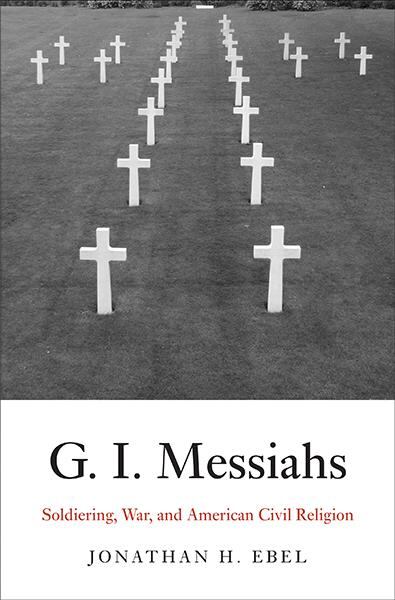
"G.I. Messiahs: Soldiering, War, and American Civil Religion" by Jonathan H. Ebel
Photo Credit: Yale
G.I. Messiahs: Soldiering, War, and American Civil Religion by Jonathan H. Ebel, Yale, 256 pages, $40
The religious-studies professor says the country looks at service members "not simply as protectors and preservers of the nation and its ideals, but as incarnations of those ideals — the Word of the nation made flesh."
And that "G.I. Messiah" represents the "emotional and theological core of American civil religion."
Edel convinces with examples ranging from the nascent American Legion to the symbolic Unknown Soldier and from U-2 pilot Francis Gary Powers ("G.I. Judas" to some) to Cardinal-turned-Ranger Pat Tillman.
"To the extent they were thinking of the Tillman family at all," he writes, Army officers were likely thinking they "would be comforted ... by myths of soldierly sacrifice."
How so? After 9/11, many Americans looked "for national salvation to come through the soldierly body."
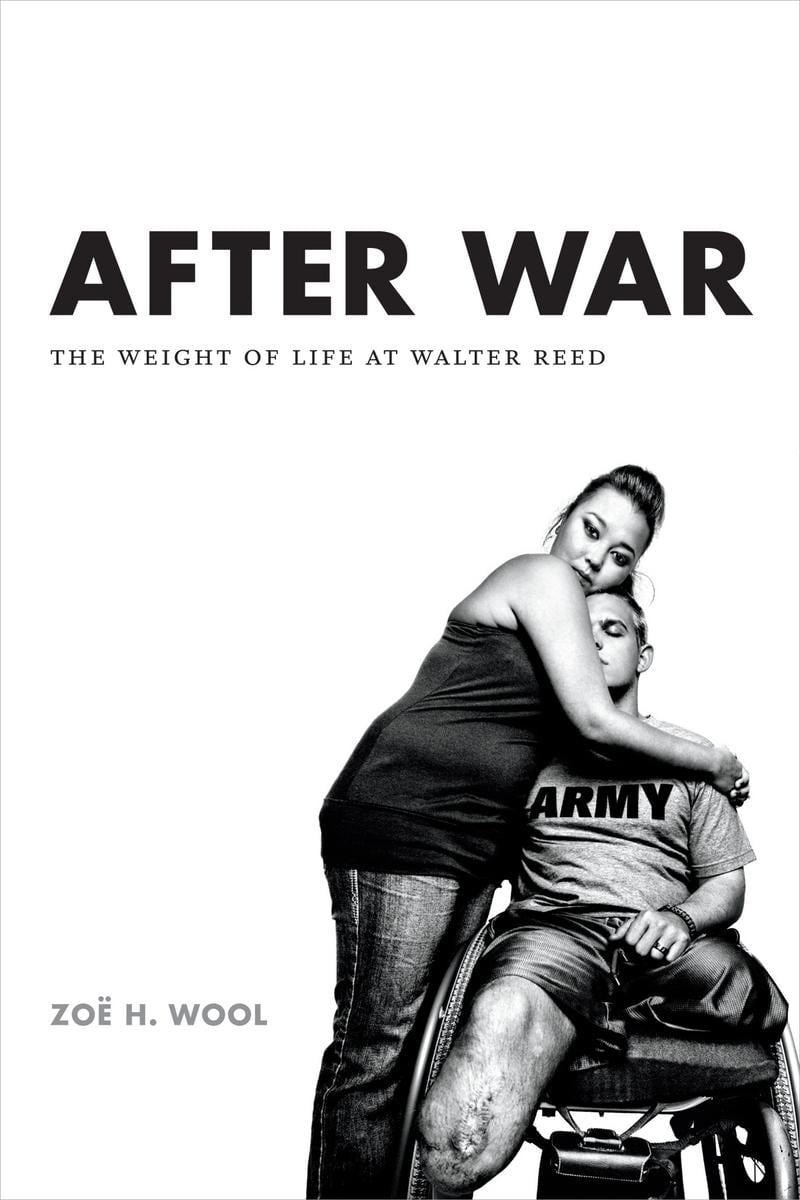
"After War: The Weight of Life at Walter Reed" by Zoe H. Wool
Photo Credit: Duke University Press
After War: The Weight of Life at Walter Reed by Zoe H. Wool, Duke University Press, 280 pages, $24.95
Perhaps this anthropology professor intends her ethnography for other scholars of human culture.
But between the citations, her study is a frank look at the ordinary and extraordinary lives of patients whose time at the old Walter Reed hospital is "freighted with sometimes overwhelming significance."
They endure private lives in a public space that is both hospital and VIP magnet known for "its routine and its markedness."
She knows because in 2007-08, "it was essentially my job to hang out with soldiers" on the grounds full of "heteronormative masculinities" (a mouthful and possibly redundant).
She finds individuals who do not see themselves as a "willing sacrificial victim on behalf of the nation."
Insteadnstead, she finds "there is no such thing as generic shrapnel."
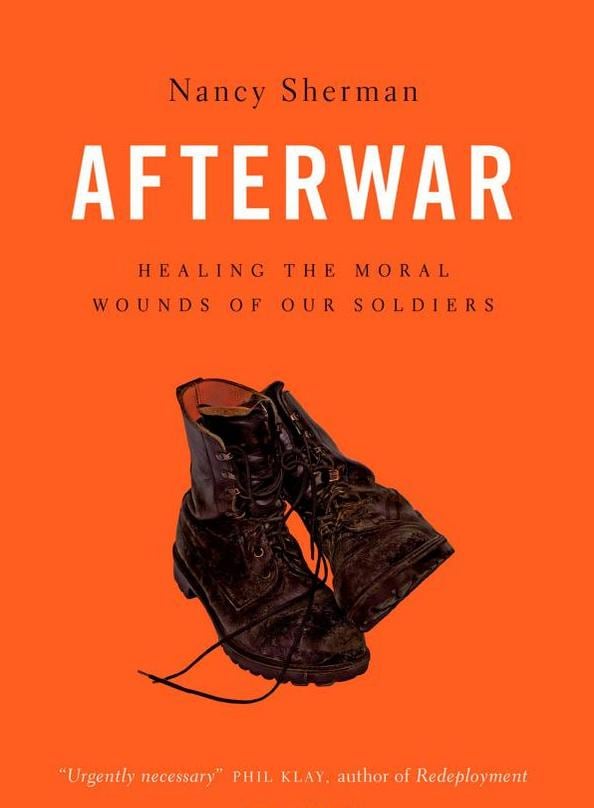
"AfterWar: Healing the Moral Wounds of Our Soldiers" by Nancy Sherman
Photo Credit: Oxford University Press
Afterwar: Healing the Moral Wounds of Our Soldiers by Nancy Sherman, Oxford University Press, 244 pages, $24.95
After war? Afterwar? What a difference a space makes.
In this case, "the afterwar belongs to us all."
"We have a sacred moral obligation to those who serve," says the professor, who was interviewed in a Military Times "5 Questions" feature and believes "moral healing from moral combat injury is not just for experts or clinicians."
Philosophers have a say, too, and this one explores theories of trust and hope, guilt and shame, and a military that is "a stage of masks and managed hearts, roles and demeanor."
But her concept works best when she relies on the personal experiences of the eight veterans whom she introduces.
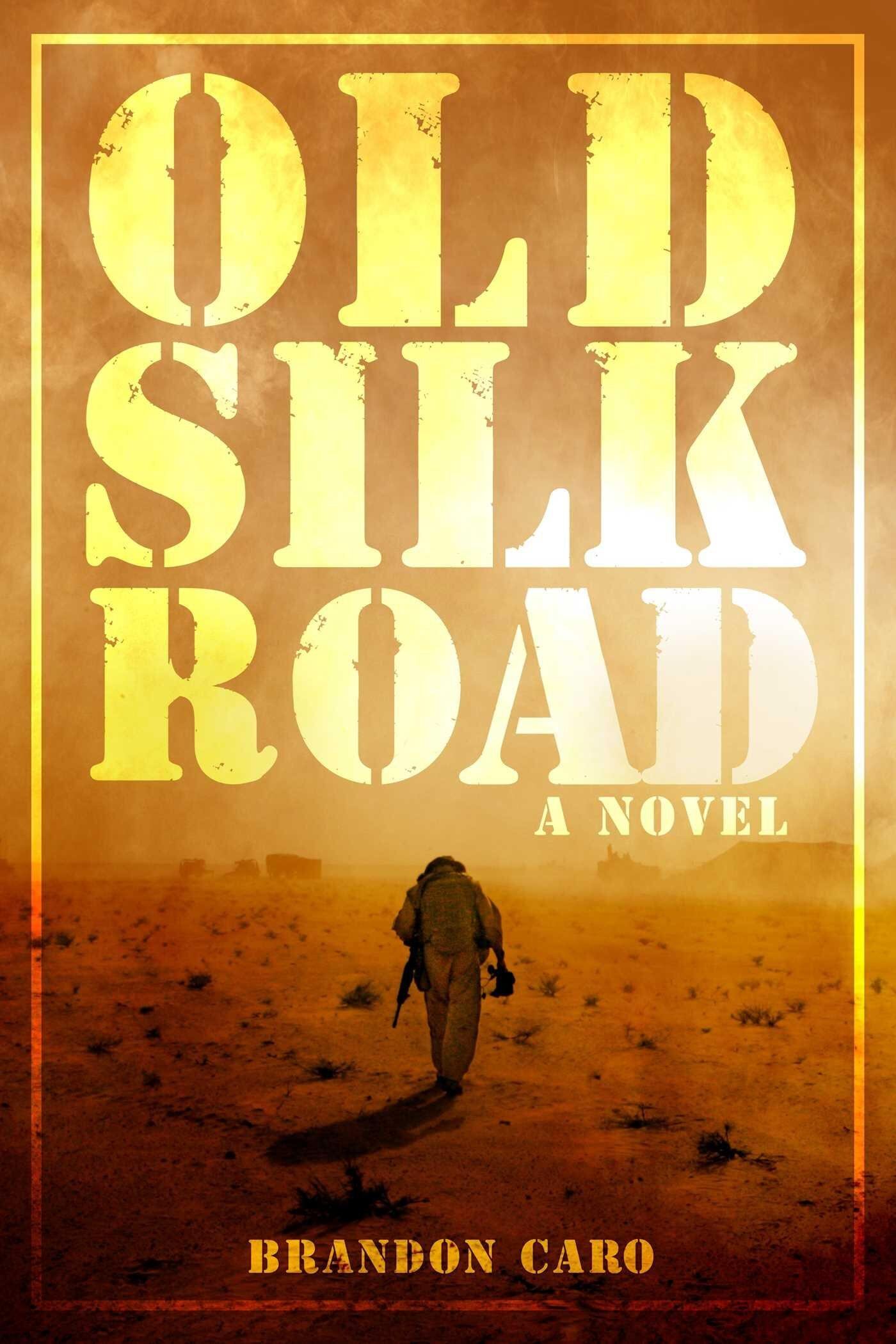
"Old Silk Road" by Brandon Caro
Photo Credit: Post Hill Press
A NOVEL APPROACH
Old Silk Road by Brandon Caro, Post Hill Press, 304 pages, $25
Pat Tillman, Genghis Khan, Alexander the Great and a Bengal army surgeon show up in the hallucinatory world of Norman Rodgers, a "run-of-the-mill medic" and "below-the-radar dope fiend" of "Medal of Honor caliber."
Whether on Dick Cheney Way or an Old Silk Road mountain pass, he shows war is the opiate of the masses.
He follows a road less traveled in contemporary war novels — that of a Navy corpsman ("God's gift to combat medicine") whose access to morphine allows him to move "further and further away from whomever I was when this journey began."
If this smacks of the fabric of good fiction to you, you might enjoy riding shotgun.
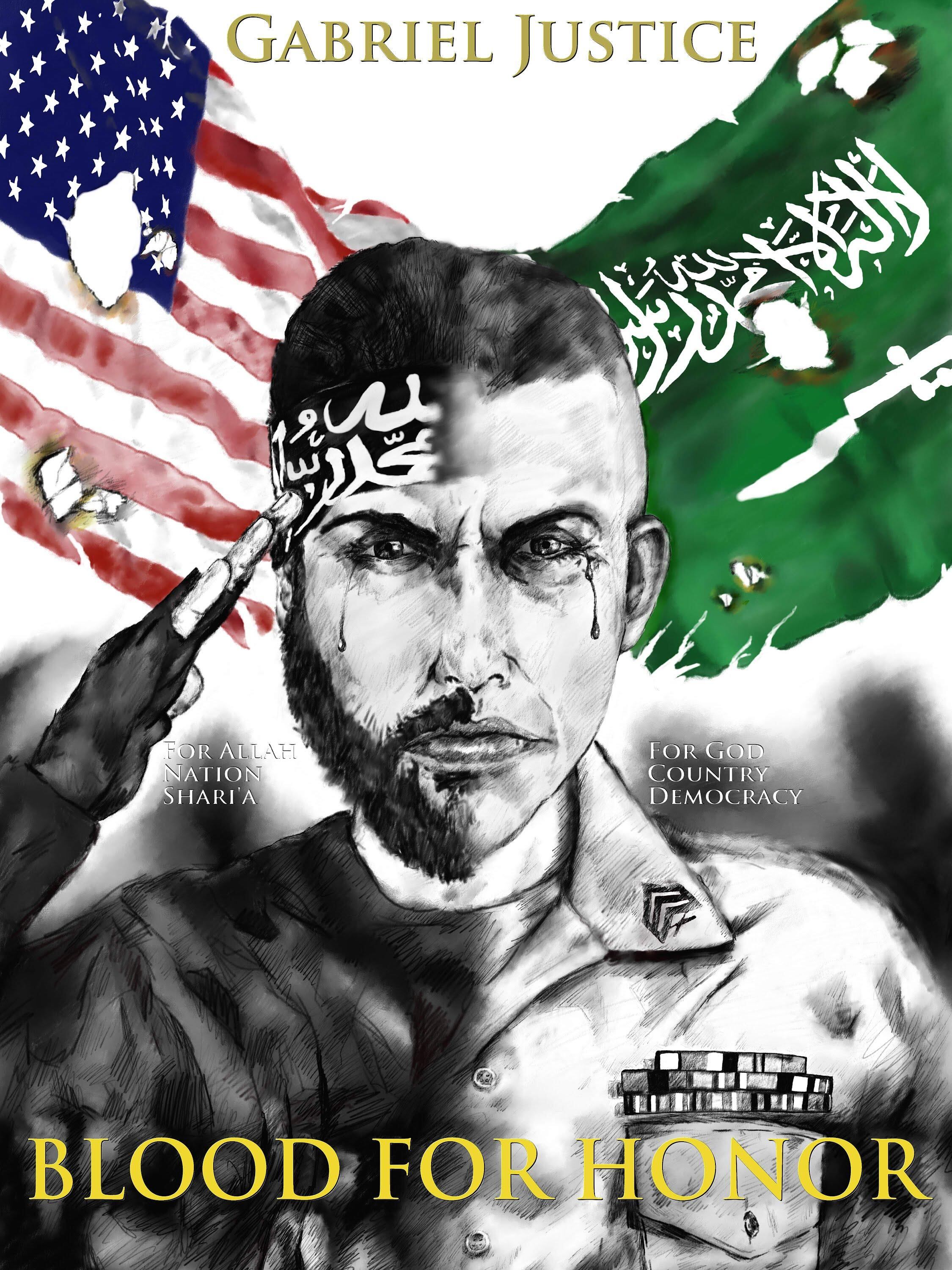
"Blood for Honor" by Gabriel Justice
Photo Credit: Justice Productions
PERSONALLY SPEAKING
Blood for Honor by Gabriel Justice, Justice Productions, 425 pages, $28
There's a reason publishers reject many hopeful authors, and the sight of a self-published book can make a reviewer wince.
An exception is this unusual memoir from a Marine.
"Created dirty" in California by an American mother and an Arabian father, he survives camel-whip beatings in a Saudi Arabia grade school and parental abuse — his dad takes him to a beheading — and homelessness and drugs.
He flees to the U.S., enlists, and is deployed to Iraq, where that "Other Government Agency" borrows him.
Later, post-traumatic stress overwhelms him, and worse, he's betrayed by a mentor.
Justice endures, and as "a citizen of the universe," he pleads for reader support of Amir Hekmati, a friend and Marine vet imprisoned in Iran.
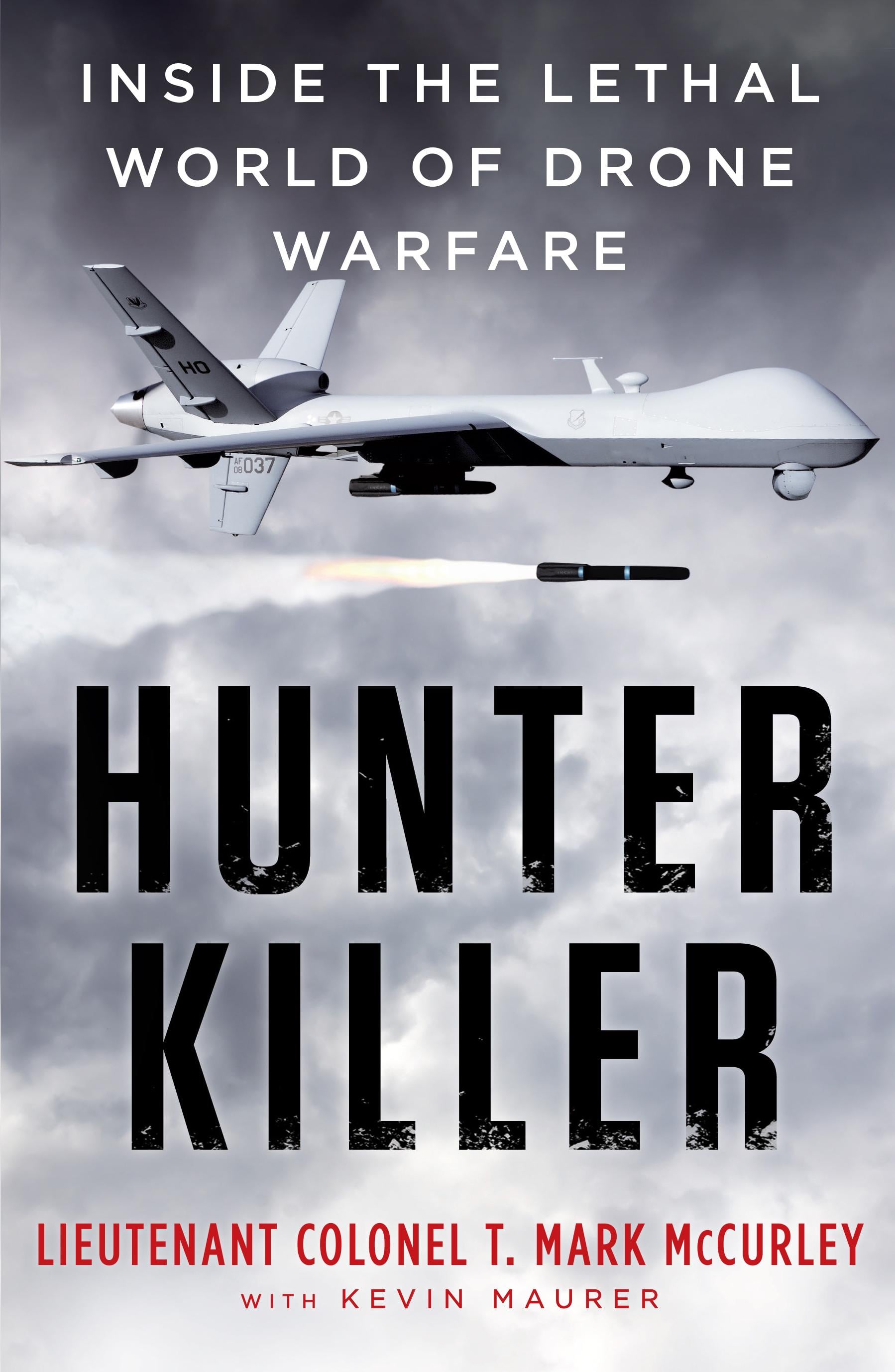
"Hunter Killer: Inside America's Unmanned Air War" by Lt. Col. T. Mark McCurley with Kevin Maurer
Photo Credit: Dutton
Hunter Killer: Inside America's Unmanned Air War by Lt. Col. T. Mark McCurley with Kevin Maurer, Dutton, 368 pages, $28
This book is billed as the "first-ever inside look" at the remotely piloted aircraft program, a claim that makes you wonder why the publisher is unaware of the eye-opening "Predator: The Remote-Control Air War Over Iraq and Afghanistan" (2010), which establishes that an RPA has no feelings but its pilot does.
This go-round has firsthand details about the hunt for Anwar al-Awlaki, the effort to rescue SEAL Marcus Luttrell (see below), and the keyboard accident that allows Abu al-Zarqawi to escape (for a day, anyway) but otherwise covers little new ground.

"The Strong Gray Line: War-Time Reflections from the West Point Class of 2004" edited by Cory Wallace
Photo Credit: Rowman & Littlefield
The Strong Gray Line: War-Time Reflections from the West Point Class of 2004 edited by Cory Wallace, Rowman & Littlefield, 318 pages, $30
From 2005 through 2012, 13 former classmates died in combat, "by far the most of any class for Afghanistan/Iraq."
These heartfelt memorials include 19 pages about Capt. Daniel P. Whitten, an artistic soul with "unconditional love" — and who also merits recognition in West Point professor Elizabeth D. Samet's eloquent "No Man's Land" (2014).
In the second half of the book, soldiers tell their own war stories.
T.J. Root's staccato "All the Pieces Matter" is a narrative that makes you hope the helicopter pilot keeps writing.
"Misery has a smell," the captain says, "like blood, exhaust and s---."
"Girl at Sea: A Story of Courage, Strength, and Growth from One of the First Women to Serve on US Warships" by Joanna Sprtel Walters
Photo Credit: Skyhorse
Girl at Sea: A Story of Courage, Strength, and Growth from One of the First Women to Serve on US Warships by Joanna Sprtel Walters, Skyhorse, 284 pages, $24.99
Three exclamation points in the first two paragraphs prove prescient — punctuation that foretells an emphasis on emotion over erudition in a chronology that includes excerpts from a grade-school-through-Recruit-Training-Command journal.
When life is grim — midshipman pressure, extortion, sex assault, unbecoming conduct — the former officer says: "In typical Joanna fashion, I just sucked it up."
She gushes, too.
For example, Mom is "the best car passenger ever!" But even Mom takes a back seat when an "absolutely gorgeous SEAL Lieutenant" or "a super cute Force Recon sniper" says ahoy to a girl who resists being coy.
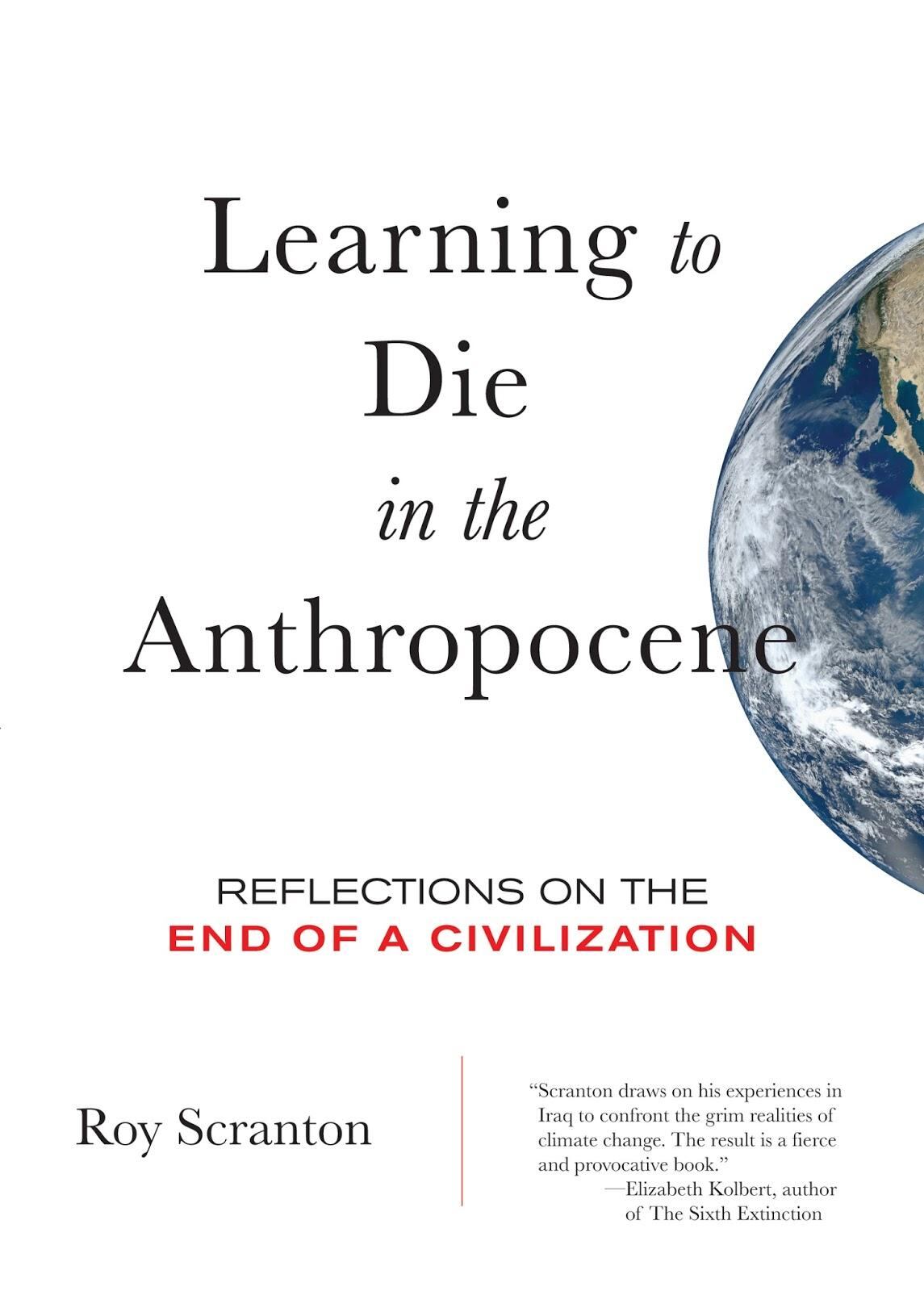
"Learning to Die in the Anthropocene: Reflections on the End of a Civilization" by Roy Scranton
Photo Credit: City Lights Books
ALL THE WORLD'S ON STAGE
Learning to Die in the Anthropocene: Reflections on the End of a Civilization by Roy Scranton, City Lights Books, 144 pages, $13.95
This is a small book with big ideas from an Army veteran who views the flooding after Hurricane Katrina and sees "the same chaos and collapse I'd seen in Baghdad."
He and the rest of us live in what scientists call the Anthropocene, a geologic period affected by human behavior, and we must "adapt to life in the hot, volatile world we've created."
"The problem," he writes, "is that the problem is us."
(Evidently that old "Pogo" comic strip was right.)
However, the salvation is us, too, because humans find meaning, and the "fate of the humanities ... is the fate of humanity itself."
Scranton brings meaning and humor to the mayhem.
Milestones include "all seven seasons of 'Mad Men,' " and dying "is the one thing in life we can absolutely count on getting done," rest assured.

"The Theater of War: What Ancient Greek Tragedies Can Teach Us Today" by Bryan Doerries
Photo Credit: Knopf
The Theater of War: What Ancient Greek Tragedies Can Teach Us Today by Bryan Doerries, Knopf, 300 pages, $26.95
Since the Theater of War Project began seven years ago — in front of Marines in a San Diego hotel ballroom — thousands of troops and civilians have seen productions of plays written a couple thousand years ago.
How did founder Doerries convince the Pentagon and the public that ancient drama has contemporary relevance, especially to combat veterans?
By showing that tragedies are not pessimistic, that they can help us "correct course and narrowly avoid" impending disaster.
Timeless works "provide relief to those who were suffering from timeless wounds," and Doerries' success on stage and on page proves Sophocles is timely.
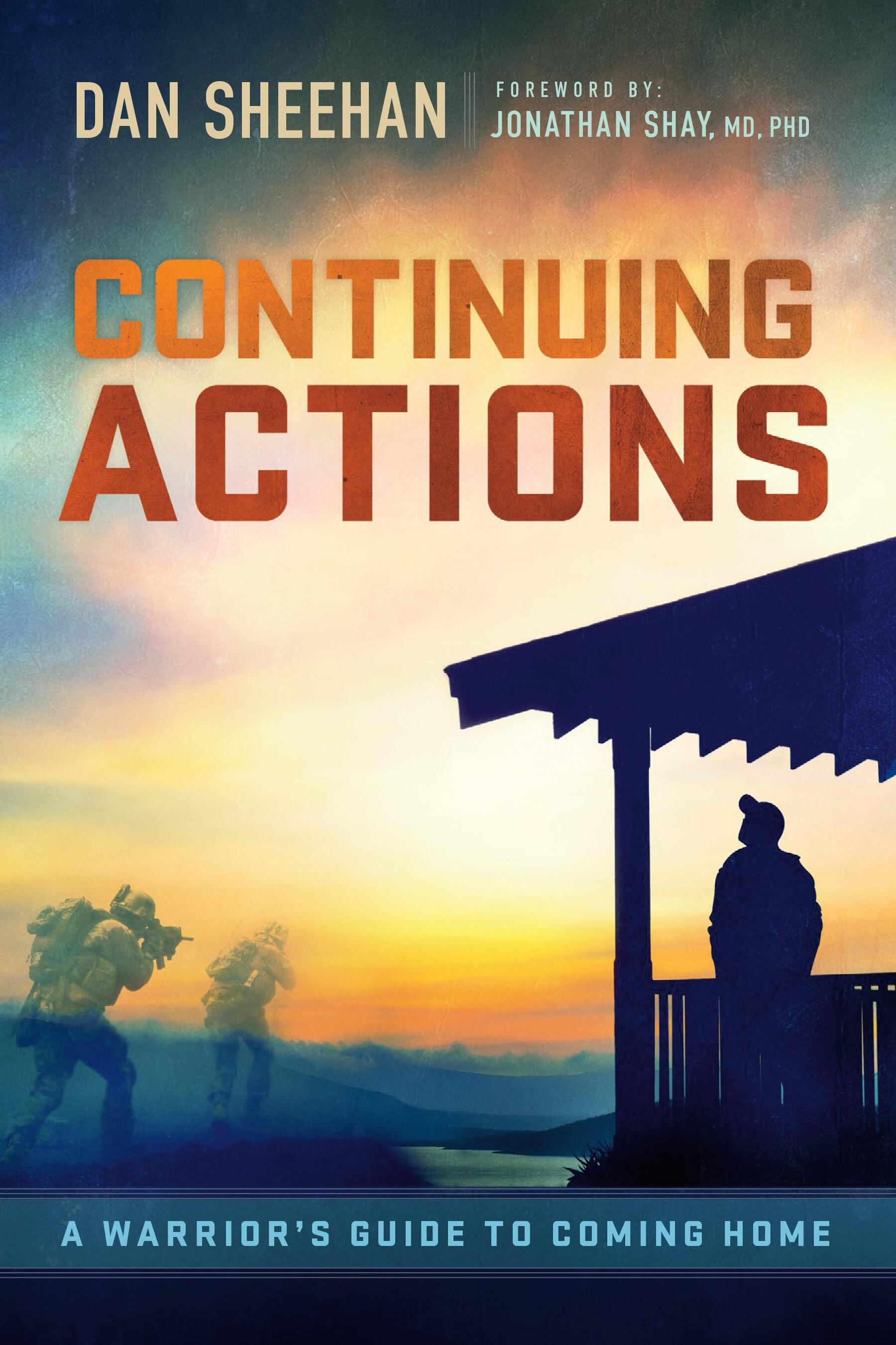
"Continuing Actions: A Warrior's Guide to Coming Home" by Dan Sheehan
Photo Credit: Ascent
WORDS TO WARRIORS
Continuing Actions: A Warrior's Guide to Coming Home by Dan Sheehan, Ascent, 228 pages, $12.95
The former Marine Corps major follows his solid 2013 memoir, "After Action: The True Story of a Cobra Pilot's Journey," by asking others to consider his proven, "pragmatic approach to the personal actions each of us must take in the final phase of the warrior's journey."
The challenges of coming home after combat "cannot be ignored, out-run, out-drank, or out-worked," he says with authority, and he highlights two attributes that a warrior "can bring back from the unknown": wisdom and insight.
His books exemplify both.

"On Point: A Guide to Writing the Military Story" by Tracy Crow
Photo Credit: Potomac Books
On Point: A Guide to Writing the Military Story by Tracy Crow, Potomac Books, 146 pages, $19.95
Before you consider putting your life on the written line, please consider reading this handbook that might also "inspire you to write about your military experiences."
The guide is primarily for beginners and includes creative exercises that show how the pain of editing is just weakness leaving your body of literary work.
But the former Marine journalist's recommendations — including "reading voraciously" — are valuable to any writer.
"Every piece of writing can be improved."
Roger that.
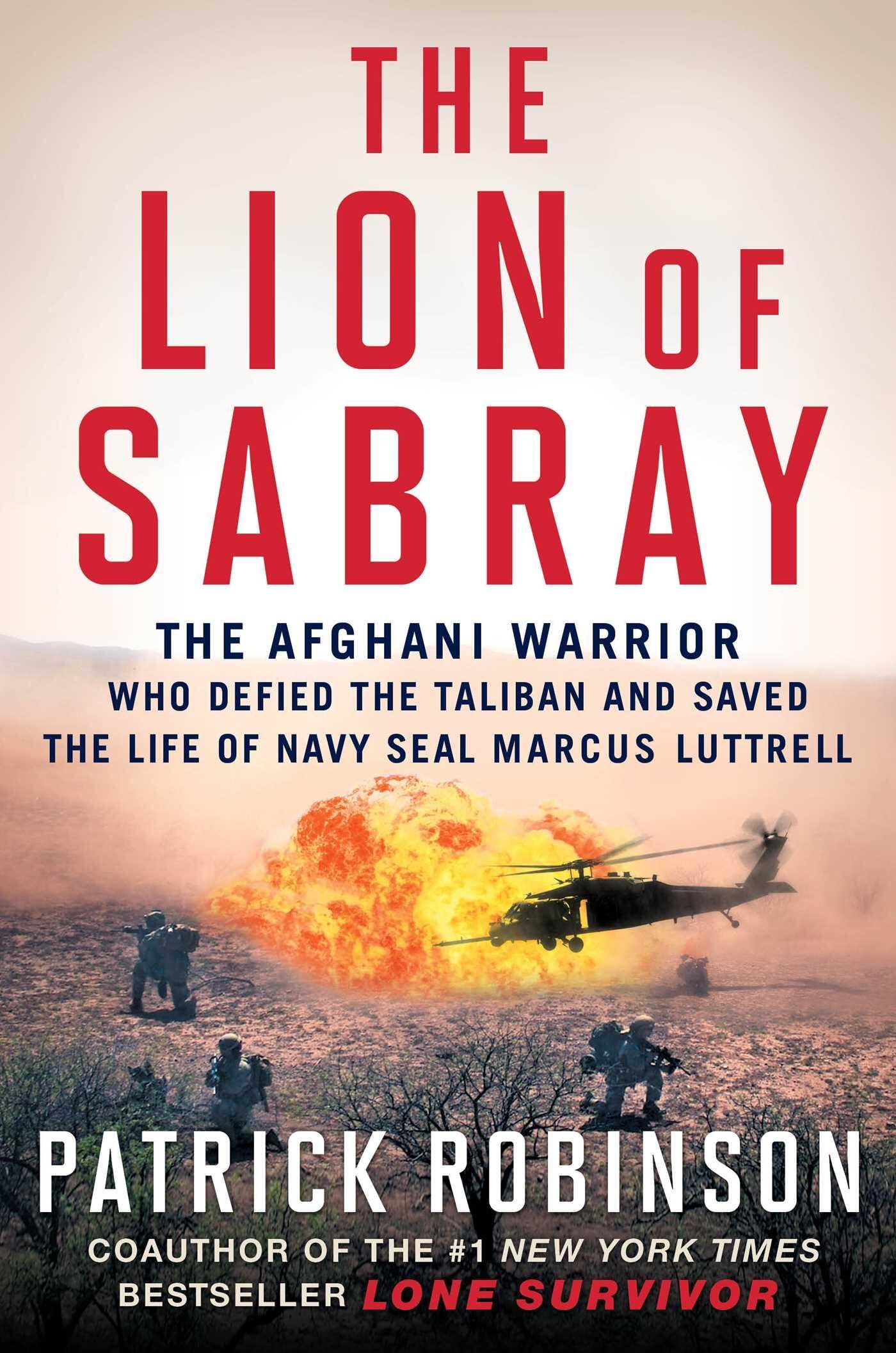
"The Lion of Sabray: The Afghani Warrior Who Defied the Taliban and Saved the Life of Navy SEAL Marcus Luttrell" by Patrick Robinson
Photo Credit: Touchstone
THE SEAL SECTION
The Lion of Sabray: The Afghani Warrior Who Defied the Taliban and Saved the Life of Navy SEAL Marcus Luttrell by Patrick Robinson, Touchstone, 284 pages, $27
The co-author of the best-selling "Lone Survivor" takes you to the other side of the mountain:
A Pashtun commander stumbles onto a wounded American and into "a brand new role" for a leader — the lion — of his village.
Mohammed Gulab's religion compels him to protect "an infidel."
If the Taliban "wanted to kill (Lutrell), they must kill me first."
Gulab has the lion's share of attention, but his translated voice feels stiff, as though he is communicating on paper, not in person.
Still, his take is new, and his action defies a pejorative stereotype of Muslims.
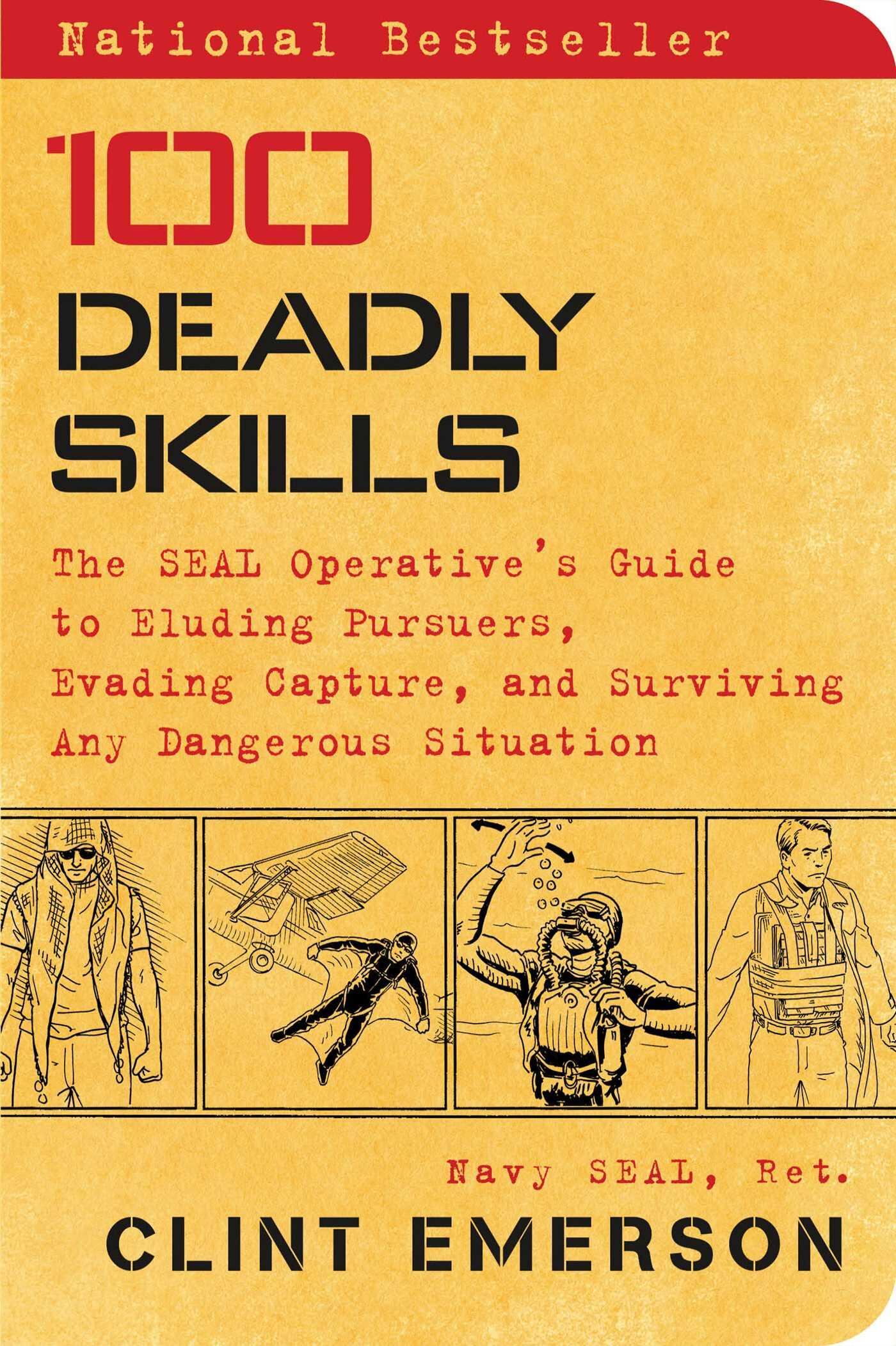
"100 Deadly Skills: The SEAL Operative's Guide to Eluding Pursuers, Evading Capture, and Surviving Any Dangerous Situation" by Clint Emerson, retired Navy SEAL
Photo Credit: Touchstone
100 Deadly Skills: The SEAL Operative's Guide to Eluding Pursuers, Evading Capture, and Surviving Any Dangerous Situation by Clint Emerson, retired Navy SEAL, Touchstone, 268 pages, $18
The how to "dispose of a body" skill probably mandates the publisher's notice disclaiming "any liability from any injury that may result from the use ... of the information."
But what harm could come from constructing a rectal concealment ("use vegetable oil")? Or in turning a pen into a weapon that is, you guessed it, "mightier than the sword"?
Alas, the book is serious, and how to "survive an active shooter" is practical, unfortunately. (Run. Then hide.)
Even in "a future where every stranger poses a potential threat," there is hope, unintentionally.
Women readers may take backhanded comfort in noting that in 100 illustrations — one per skill — only one depicts a woman in a dangerous spot.

"United States Naval Special Warfare: U.S. Navy SEALs" edited by Greg E. Mathieson Sr. and David T. Gatley
Photo Credit: St. Martin's Castle Point
United States Naval Special Warfare: U.S. Navy SEALs edited by Greg E. Mathieson Sr. and David T. Gatley, St. Martin's Castle Point, 409 pages, $60
You might recognize this 5-pound coffee-table book by its "leather-bound" cover and metallic service-branch medallion that uniformly follow the style of other such services in the oversized-military-history-and-photography section.
This edition maintains its thousand photographs, most by Matthieson and Gatley, and the genre's encyclopedic endeavor.




